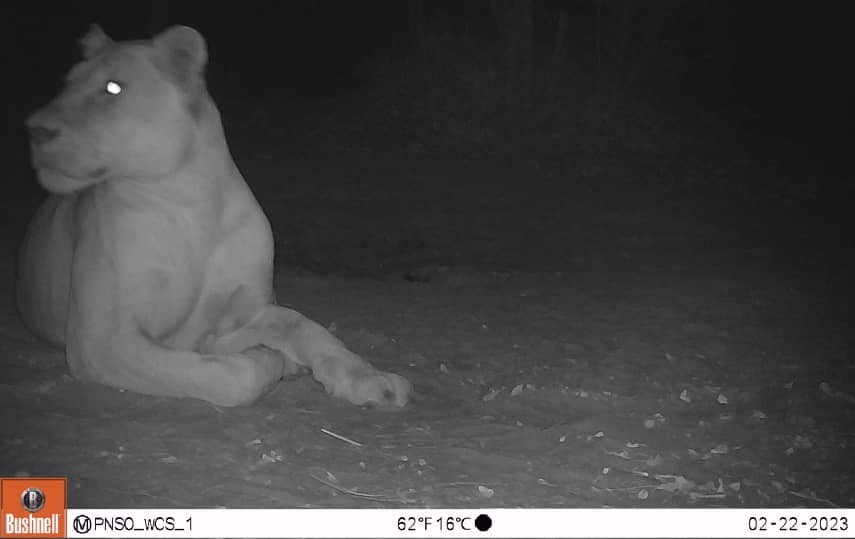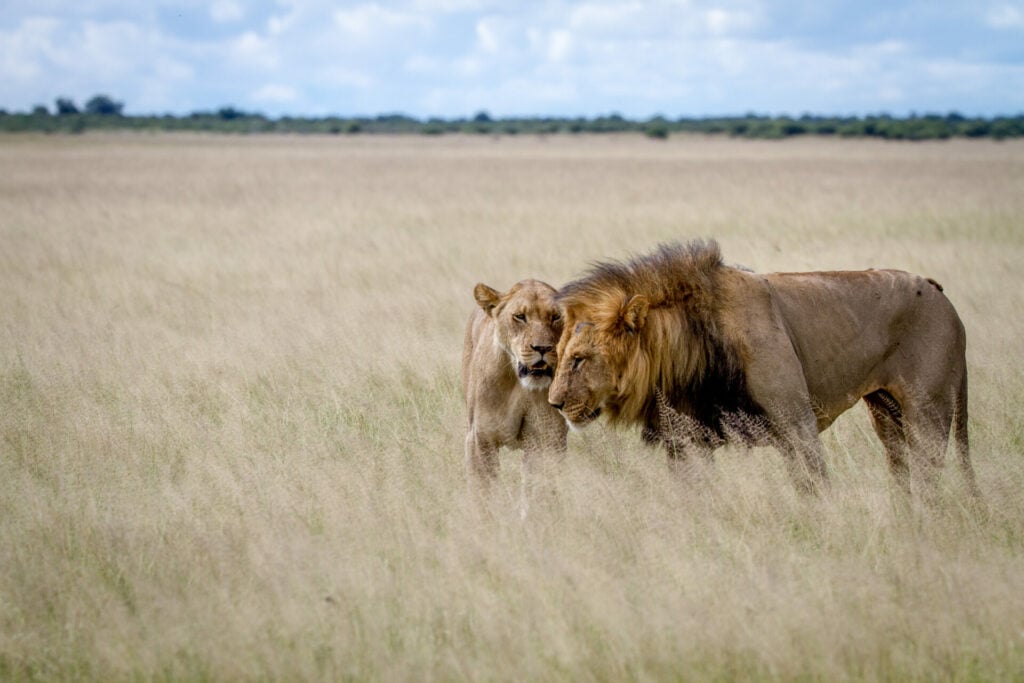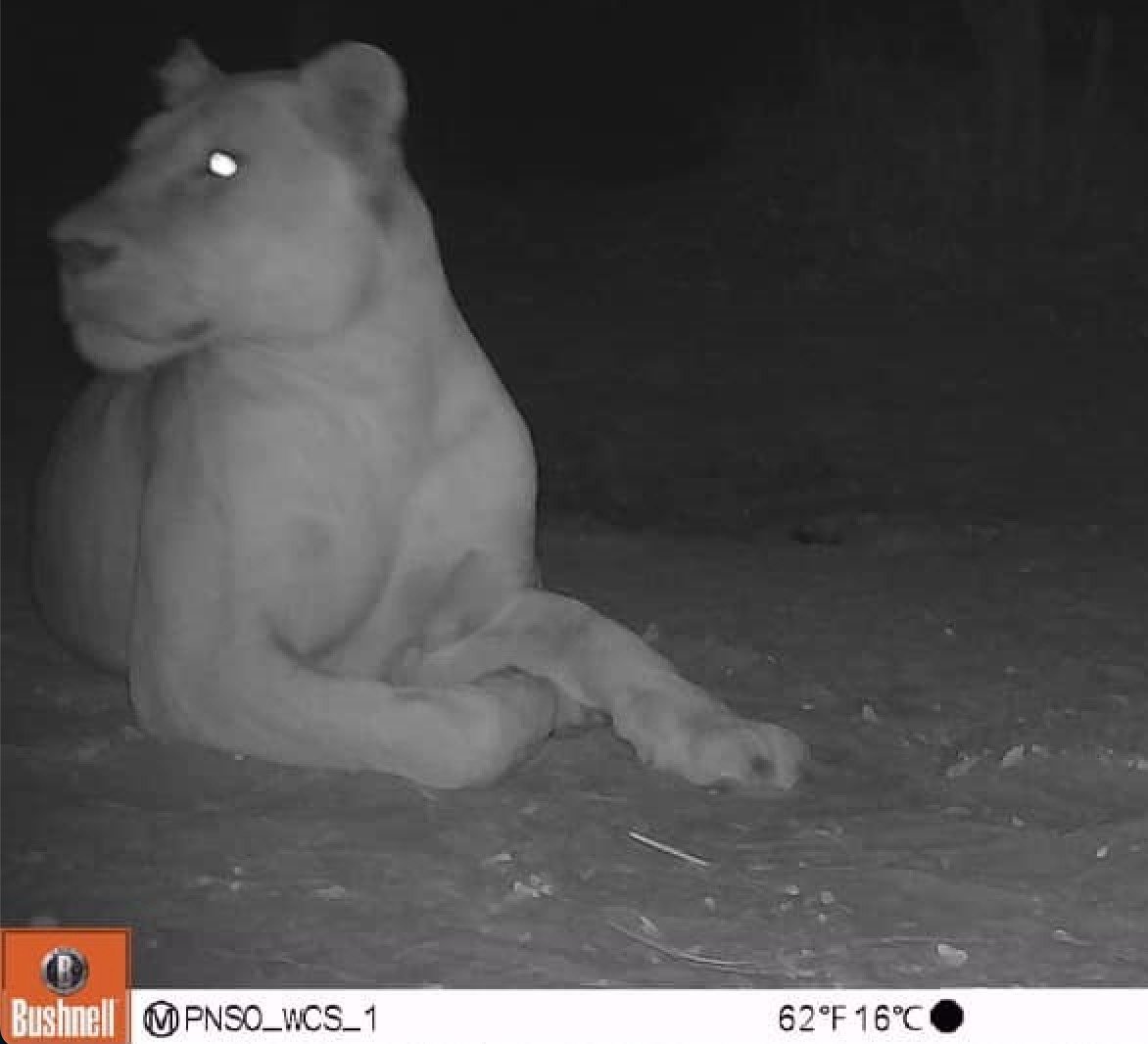Conservationists in the African state of Chad are celebrating as the first wild lion for 20 years has been spotted in Chad’s Sena Oura National Park.
Caught on remote camera, a statement from the New-York based Wildlife Conservation Society (WCS) describes the feline visitor as ‘a beautiful lioness, in her prime and clearly in great health’.
The WCS released a statement indicating that the image, taken on February 22 this year, was captured by a camera trap in the protected area of about 182,000 acres, where lion sightings haven’t occurred since 2004.

In Sena Oura, part of the larger Bouba N’djida-Sena Oura Landscape along the Cameroon and Chad border, the species had been declared technically extinct.
Lions in Chad
In the past, the region saw a period of what WCS called ‘ruthless, organised poaching,’ which saw lion populations in West and Central Africa decline by an estimated 66 per cent. Since then, the governments of Cameroon and Chad have shown a very strong commitment to conservation which has improved protection of the national parks and wildlife populations are now starting to recover.
Although lions are classified as overall Vulnerable on the IUCN Red List, lion populations in West and Central Africa including Chad, are particularly small and fragmented and have declined an estimated 66 percent since the early 1990’s; regionally, they are considered Critically Endangered.

Current estimates by the governments of both African states put the number of West and Central African subspecies at fewer than 1,000 of the 22,000-24,000 lions surviving in the wild globally.
Lions, one of the most iconic of all African wildlife, have been killed mainly to fuel the trade in lion bones from Asia. Used as a substitute for tiger bones, lion parts and derivatives are perceived to hold medicinal and curative values and are used in traditional medicines.
The sighting of a healthy lioness in the area, therefore, is cause for celebration – another sign, along with recovering populations in the adjacent Bouba N’djida National Park in Cameroon, that recent local conservation efforts with the help of the WCS may be paying off.
The New York-based group’s conservationists alongside the Chadian government support local park guards in the region by conducting on-the-ground wildlife surveys including camera trapping, which is how the lioness was spotted.
Lions, especially females, typically live in family groups known as a pride. Prides consist of between 2 to 40 lions, made up of about 4 males, plus or minus a dozen lionesses, and their young.
‘It is hugely encouraging,’ the WCS Big Cat Programme executive director Luke Hunter said. ‘Prime females are the foundation of any lion population, and they are not big wanderers: they inhabit areas that have prey and are safe to raise their cubs in. I am sure she is not alone.’
For more stories related to conservation and animal welfare head to our NEWS and CHANGE section














